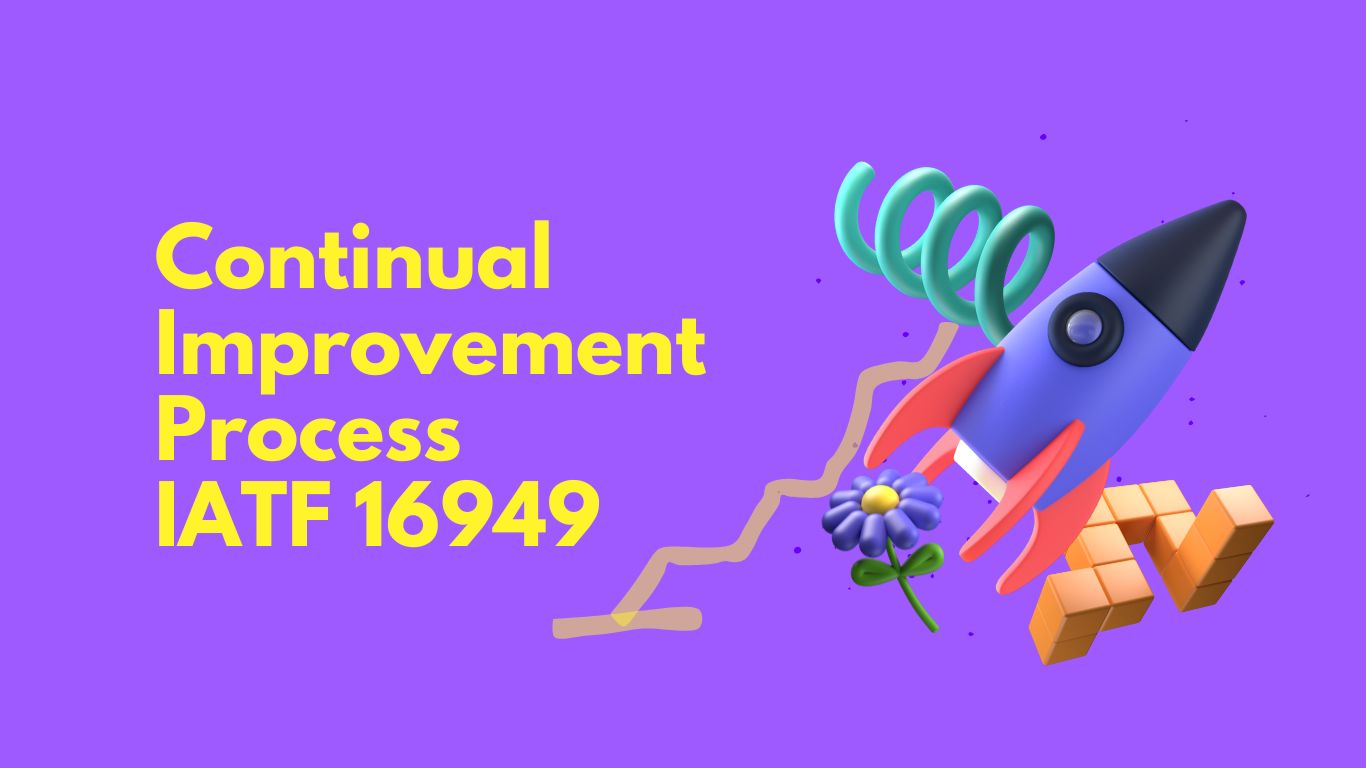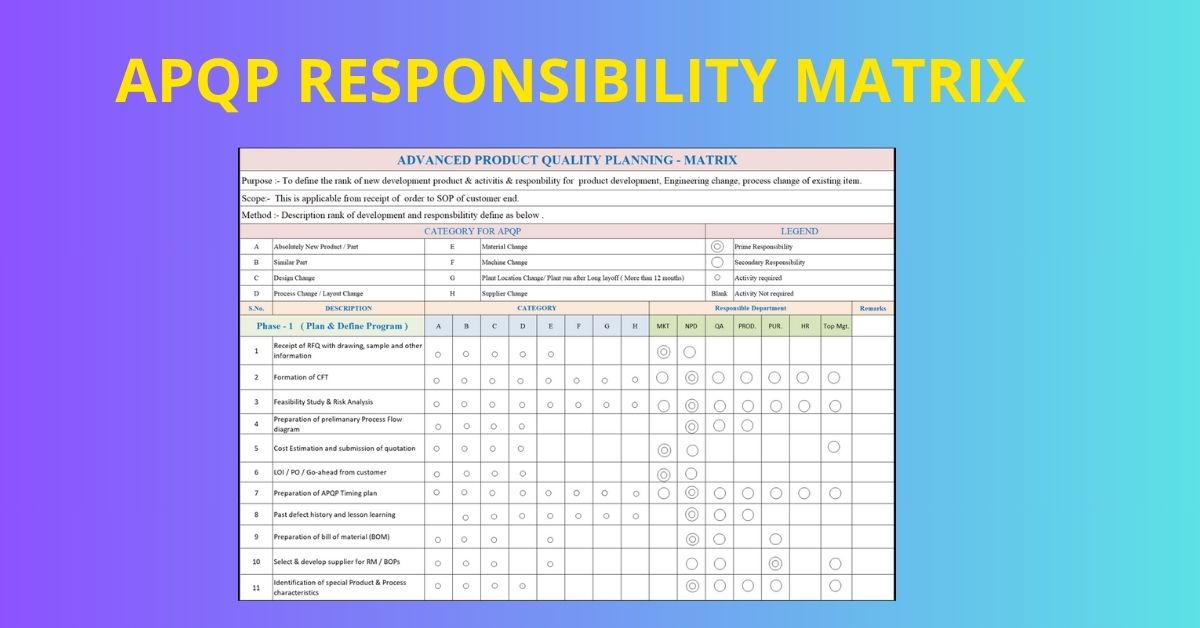Process of handling, storage, packaging and delivery of products
Process Scope This process is applicable for maintaining a system for timely receipt, storage and issue of materials from Stores and on-time delivery of products to the customer as per their requirement. Process Owner STORE-IN CHARGE Process description Handling of BOP/Raw Material: Colour coding of Raw Material Issue of Raw Material/ BOP Components to Production … Read more










